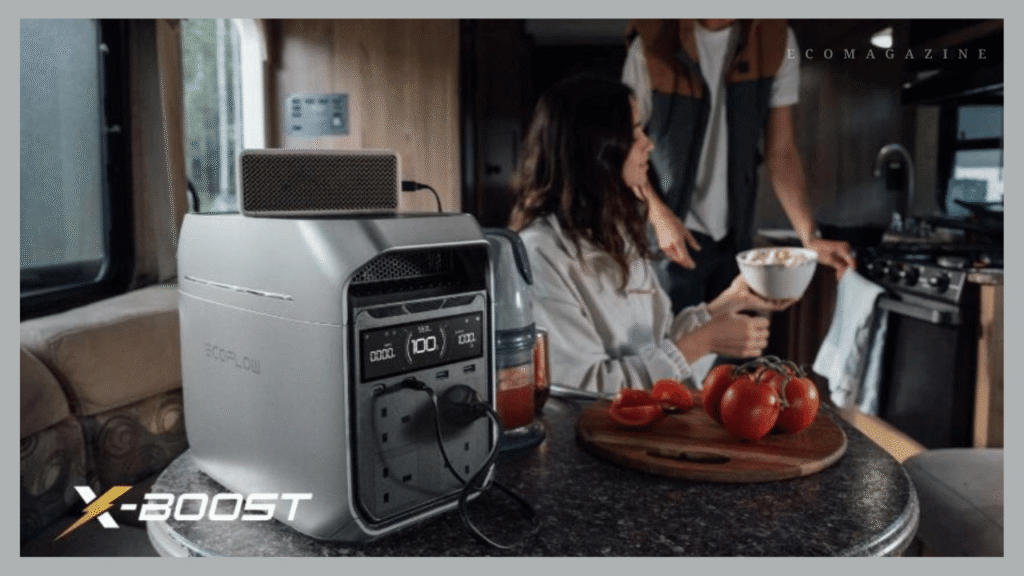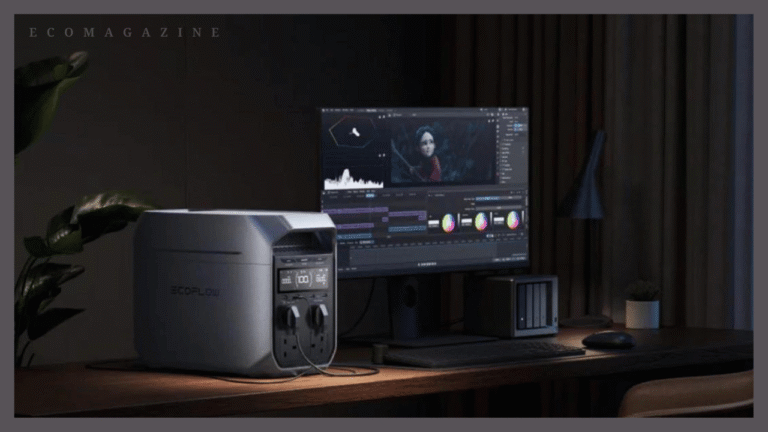Power outages disrupt our increasingly connected lives, turning off the lights, silencing the Wi-Fi, and spoiling the food in our refrigerators. These interruptions, whether from a severe storm or a simple grid overload, highlight our deep dependence on a constant flow of electricity for comfort, communication, and safety. The frustration of a dark home and the anxiety of being disconnected are feelings we all want to avoid. Fortunately, advancements in clean energy technology offer a practical and empowering solution for everyday homeowners. In this article, we will explore how solar battery systems work, what they can realistically power during a blackout, and the key considerations for making your home more resilient.
How Solar Batteries Provide Backup Power
The Role of the Inverter: Converting Energy for Home Use
The energy stored in a solar battery is not immediately usable by your home appliances, as it is in the form of direct current (DC). The critical component that makes this energy practical is the inverter, a device that efficiently converts the battery’s DC power into the alternating current (AC) that powers everything from your lamp to your laptop. Modern inverters are remarkably sophisticated, ensuring the electricity they produce is clean and stable, which is vital for protecting sensitive electronics like computers and televisions. This conversion process happens almost instantaneously and with very little noise, so you might not even notice it’s working.
Automatic Transfer Switches: Seamless Transition During Outages
An automatic transfer switch (ATS) is the unsung hero that makes backup power feel effortless and immediate during a grid failure. This intelligent device is constantly monitoring the utility grid’s power supply, waiting for any interruption or significant drop in voltage. The moment a blackout occurs, the ATS detects the problem and automatically disconnects your home from the grid, a crucial safety step known as “islanding” that prevents your system from sending power back to downed lines. It then signals your solar battery system to begin powering your home, all within a fraction of a second. This seamless handover ensures that your essential appliances and lights never have a chance to turn off, providing not just power but also invaluable peace of mind.
What Can Solar Batteries Power During an Outage?
Understanding what a solar battery can power is less about having a full-scale replica of grid power and more about intelligently managing your essential needs for comfort and safety. The goal is to sustain your critical loads—the appliances and devices that matter most during a disruption. This typically includes keeping your refrigerator running to prevent food spoilage, powering lights in a few key rooms, charging phones and laptops to maintain communication, and running a Wi-Fi router to stay informed. For this purpose, versatile and scalable products like the EcoFlow solar battery are exceptionally well-suited as a core home backup solution, as they can be easily configured to meet these targeted needs. With proper planning, a solar battery can transform a stressful blackout into a manageable and even comfortable situation by maintaining the rhythm of your most important daily routines.
Key Factors for Effective Blackout Preparedness
Battery Capacity and Your Household’s Energy Needs
Battery capacity, measured in kilowatt-hours (kWh), is the single most important factor determining how long your backup power will last, acting as the fuel tank for your home’s essential systems. To choose the right capacity, you must first conduct a simple audit of the appliances you need to run and note their wattage, which can usually be found on a label on the device itself. For example, a modern refrigerator might use 1-2 kWh per day, while a laptop charger uses a negligible amount, and you need to add up these values for all the devices you plan to use. This total will give you a clear picture of your daily essential energy consumption and guide you toward a battery that can meet that demand for your desired duration.

Solar Panel Integration: Recharging During Daylight
Integrating solar panels with your battery system fundamentally transforms your backup power from a finite resource into a potentially renewable one, allowing you to recharge your battery bank as long as the sun is shining. During a daytime outage, your solar panels can generate electricity, power your home’s essential circuits directly, and simultaneously send any excess energy to recharge the battery for use at night. This continuous cycle of charging and discharging can significantly extend your energy independence, potentially allowing you to maintain critical power for as long as the outage lasts and sunlight is available. Even on cloudy days, modern solar panels can capture a useful amount of diffuse sunlight, providing a valuable trickle charge to prolong your backup capacity.
Conclusion
A solar battery system is far more than just a piece of technology; it is an investment in your household’s stability, security, and peace of mind. By understanding the roles of the inverter and automatic transfer switch, you can appreciate the sophisticated yet reliable engineering that delivers seamless backup power. Carefully assessing your energy needs and ensuring your system includes solar panel integration empowers you to tailor a solution that keeps your essential comforts running. This preparation turns a widespread grid failure from a major crisis into a minor inconvenience, allowing your family to continue daily life with minimal disruption.


